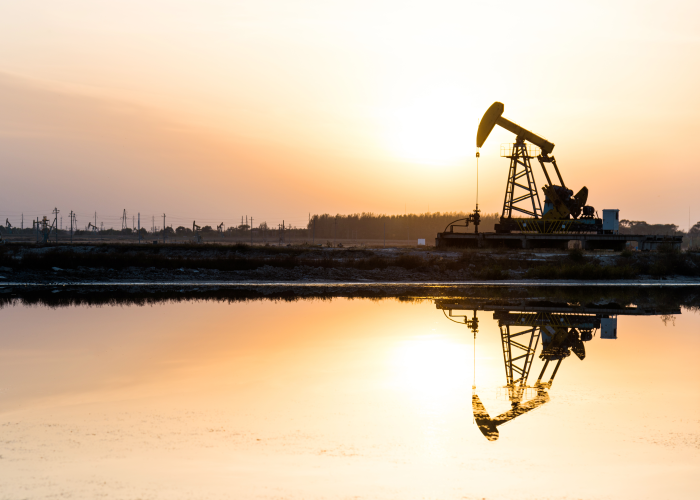Although the oil and gas industry is still recovering from one of the biggest declines in decades, there’s rising optimism and excitement about the potential for the Permian Basin to become the largest producing oil region in the world. Already the most dominant region in the United States, the US Energy Information Administration (EIA) estimates that the Permian will increase production by 515,000 b/d (up to 2.9 million b/d by the end of 2018), helping total U.S. output rise to 9.9 million b/d by 2019, the highest recorded output since 1970. To underscore these staggering numbers, Exxon Mobil has taken a heavy position in the region, as they plan to triple their own Permian production to 600,000 b/d by 2019.
However, the expansion of each energy producing region presents new and unique challenges, with produced water as the potential limiting factor for operators in the Permian. With every set of challenges, lie a distinct set of opportunities, particularly around utilization of salt water disposal wells to manage produced water. What was previously seen as a cost center for fluid waste, has become big business for operators and energy service providers alike. Several leading operators in the Permian are investigating how to commercialize their own salt water disposal assets, while energy service companies see produced water management as their strategic angle in a crowded energy service sector.
Commercialization of Salt Water Disposal Assets
Historically, produced water has been viewed by operators as an ancillary function of oil and gas production. The use of injection and disposal wells to manage produced water was either necessary to enhance energy recovery, or a minor but sizeable external cost to handle the amount of water produced from tight shale energy extraction. Several factors have led larger operators to believe produced water disposal will be the most critical and costly element of water management in the Permian. These factors include the large volumes of produced water, high costs of recycling, greater scrutiny on seismicity, and the decreasing number of new disposal permits agencies are issuing in certain regions (such as the Oil Conservation Division of New Mexico). With this in mind, it makes sense for operators to seize the market opportunity to expand their salt water disposal capacity. Larger operators have the existing infrastructure, manpower, capital, and expertise to rapidly commercialize their salt water disposal assets, assisting smaller or newer operators that lack a produced water management strategy.
How can operators determine if commercializing disposal assets is feasible? There are several elements to consider that vary by company; overall corporate strategy, operational expertise, existing infrastructure, and cashflow (among others). However, the first step to develop a strategic plan is accessing and understanding complex disposal data and leverage that data for confident, timely, and accurate decision-making. This data includes reviewing injection volumes and pressure constraints, visualizing locations of the competition’s existing commercial wells, learning about injection intervals and formations, and leveraging data to identify market opportunities across the Permian. As platforms like B3 deliver data in groundbreaking ways, expect forward thinking operators to expand and commercialize their salt water disposal assets as regional capacity becomes constricted.
The Growth of Water Midstream Companies in Oil and Gas
On the other end of the spectrum, a new phenomenon is growing in Texas for private third parties to serve the expanding water management needs of operators in the Permian. Dubbed “Water Midstream” companies, these organizations are seeing water as a new and evolving market opportunity in the energy service sector. Examples of these groups include Layne Water Midstream, H2O Midstream, Goodnight Midstream, and a number of other companies that have made water management the main element of their strategic plan moving forward.
At its core, midstream is defined as transporting fluids from point A to point B. Traditionally it involves crude or refined oil and gas products, but why not water? Water is a complicated logistical issue, adds to the cost of production, and expands the risk profile of a project or operating plan. Midstream companies provide a streamlined solution, through the development of water infrastructure, and by expanding their teams to include expertise on produced water management. Human capital and expertise is becoming especially important as water spans multiple dimensions, is highly regulated, and involves complex data to understand the market for disposal. Without a grasp on the data, companies looking to enter the water midstream space could make costly mistakes, such as providing clients with high risk disposal solutions, increased costs, lowered confidence in their services, and missed opportunities as they lack visibility and foresight into the disposal market.
Look for more on this topic from B3 as we create a series of posts that showcase the trends we’re observing in the salt water disposal and produced water space. In this series, we will also explore seismicity risks and how all types of organizations are leveraging data to support business development and overall market intelligence.




